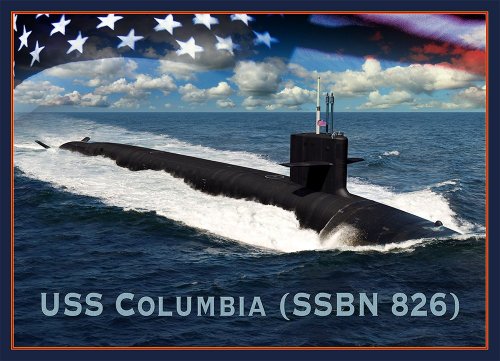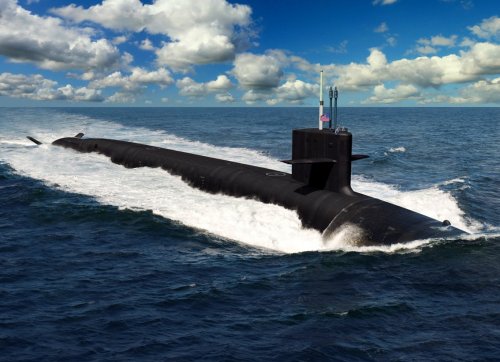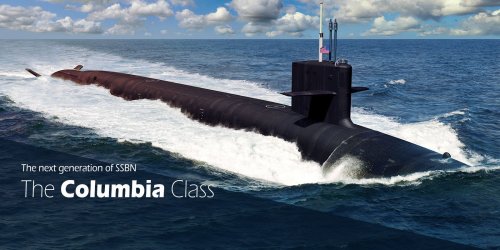Moose said:
Steven said:
That rendering appears to show 16 missile tubes. Does the life-of-ship reactor that this new boat class sports contribute to the increased size?
As for naming, why not restart the convention of naming attack submarines after underwater creatures? State names for boomers seem fine, and frankly I'm getting quite tired of seeing vessels named after politicians.
The reactor and the electric drive contribute a lot of mass and volume, plus there's the regular generational growth contributed by improvements in the crew accommodations and quieting.
Well, the Ford-Class reactors are reportedly smaller, weigh less and require 2/3 the maintenance than Nimitz-Class while electrical power generation is 3x larger. Expect the Columbia-Class reactor to have many efficiencies over predecessor besides service - to include size. Recall Virginia-Class reactors are life-of-the-boat @ 33 yrs.
Interesting article. Indicates drive is actually smaller...
http://www.public.navy.mil/subfor/underseawarfaremagazine/Issues/Archives/issue_09/power_system.html
"As I mentioned earlier, with mechanical drive 75-80 percent of the useful power produced by the reactor is available exclusively for propulsion. An integrated electric power system, on the other hand, puts power on a common electrical bus and gives the commanding officer operational flexibility in how this energy is distributed to suit the range of payloads, sensors, and propulsion needs for a given tactical situation. An integrated electric power system will allow tomorrow's submarines to make greater use of
rechargeable off-hull vehicles, payloads, and sensors to extend the submarines' tactical reach and safeguard operations in high risk and restricted areas."
Emphasis above mine. What might be integrated into all that space. All I can find are references to "performance - survivability and acoustics".
http://nationalinterest.org/feature/beyond-the-ohio-class-inside-americas-next-generation-16270?page=show
"While there have been rumors that the ORP is larger than its Ohio predecessors because of the size of the electric drive and its permanent magnet motor—despite carrying eight fewer missiles—Lennon said that is not true. The ORP will be larger than the Ohio-class because of the enhanced survivability measures integrated onboard the submarines—the new boats will displace more than 20,800-tons. Indeed, the Navy could have opted to build the boat with twenty or twenty-four missile tubes, but chose not to in order to make sure the United States dispersed its nuclear deterrence. “If you look at the overall length of the ship, the length of the missile compartment is smaller,” Lennon said. “But it’s distributed pretty much equally—the increase—forward and aft. Very little of that has to do with electric drive. It’s really to do with the other capabilities we’ve had to put into the ship in order to meet the mission needs.”
While he could not go into detail, Lennon said those mission needs include performance—including survivability and acoustics. “We’ve had to designate larger volumes in order to put certain features and capabilities into the ship,” he said."
On another note...
UK Dreadnought is also larger then its predecessor and it too has less tubes. Interesting to note that US/UK shared reactor tech but US reactor has 42 year life and UK is 30 years.












